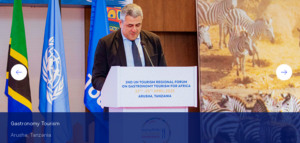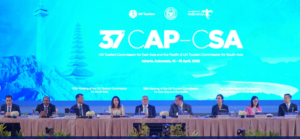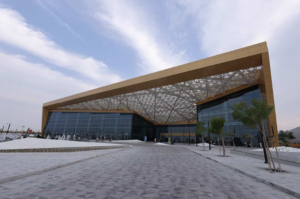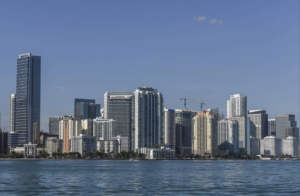Return to 2019 levels would take between 2.5 to 4 years : UNWTO
Travel Biz News —
international tourist arrivals dropped by 65 per cent during January – June of this year, as countries around the world closed their borders and introduced travel restrictions in response to the COVID – 19 pandemic.
According to the latest World Tourism Barometer of the United Nations specialized agency, international tourist arrivals plunged 93 per cent in June when compared to 2019.
Over recent weeks, a growing number of destinations have started to open up again to international tourists. UNWTO reports that, as of early September, 53 per cent of destinations had eased travel restrictions.
Nevertheless, many governments remain cautious, and this latest report shows that the lockdowns introduced during the first half of the year have had a massive impact on international tourism. The sharp and sudden fall in arrivals has placed millions of jobs and businesses at risk.
According to UNWTO, the massive drop in international travel demand over the period January-June 2020 translates into a loss of 440 million international arrivals and about US$ 460 billion in export revenues from international tourism.
This is around five times the loss in international tourism receipts recorded in 2009 amid the global economic and financial crisis.
“Safe and responsible international travel is now possible in many parts of the world, and it is imperative that governments work closely with the private sector to get global tourism moving again.”
Asia and the Pacific, the first region to feel the impact of COVID-19 on tourism, was the hardest hit, with a 72 per cent fall in tourists for the six-month period.
Europe was the second-hardest hit of all global regions, with a 66 per cent decline in tourist arrivals in the first half of 2020. The Americas , Africa and the Middle East also suffered.
Major outbound markets such as the United States and China continue to be at a standstill, though some markets such as France and Germany have shown some improvement in June.
Looking ahead, it seems likely that reduced travel demand and consumer confidence will continue to impact results for the rest of the year.
The UN body said it expects it will take 2.5 to 4 years for tourist arrivals to return to 2019 levels.














